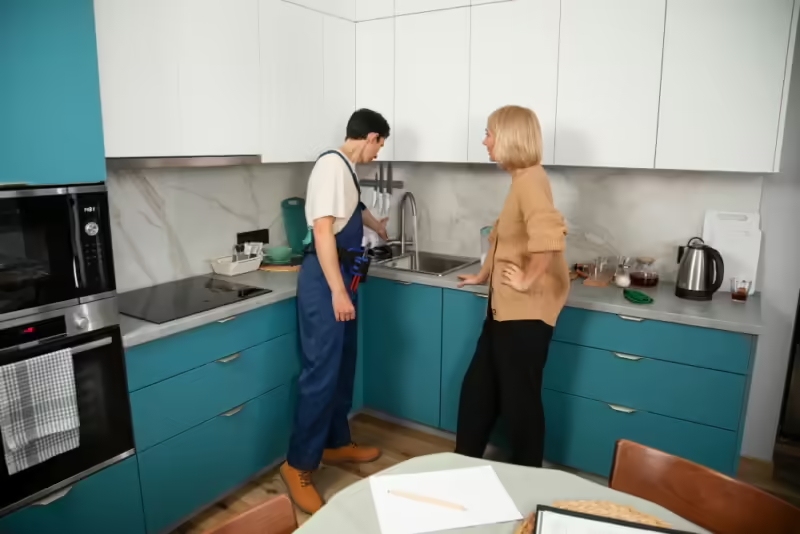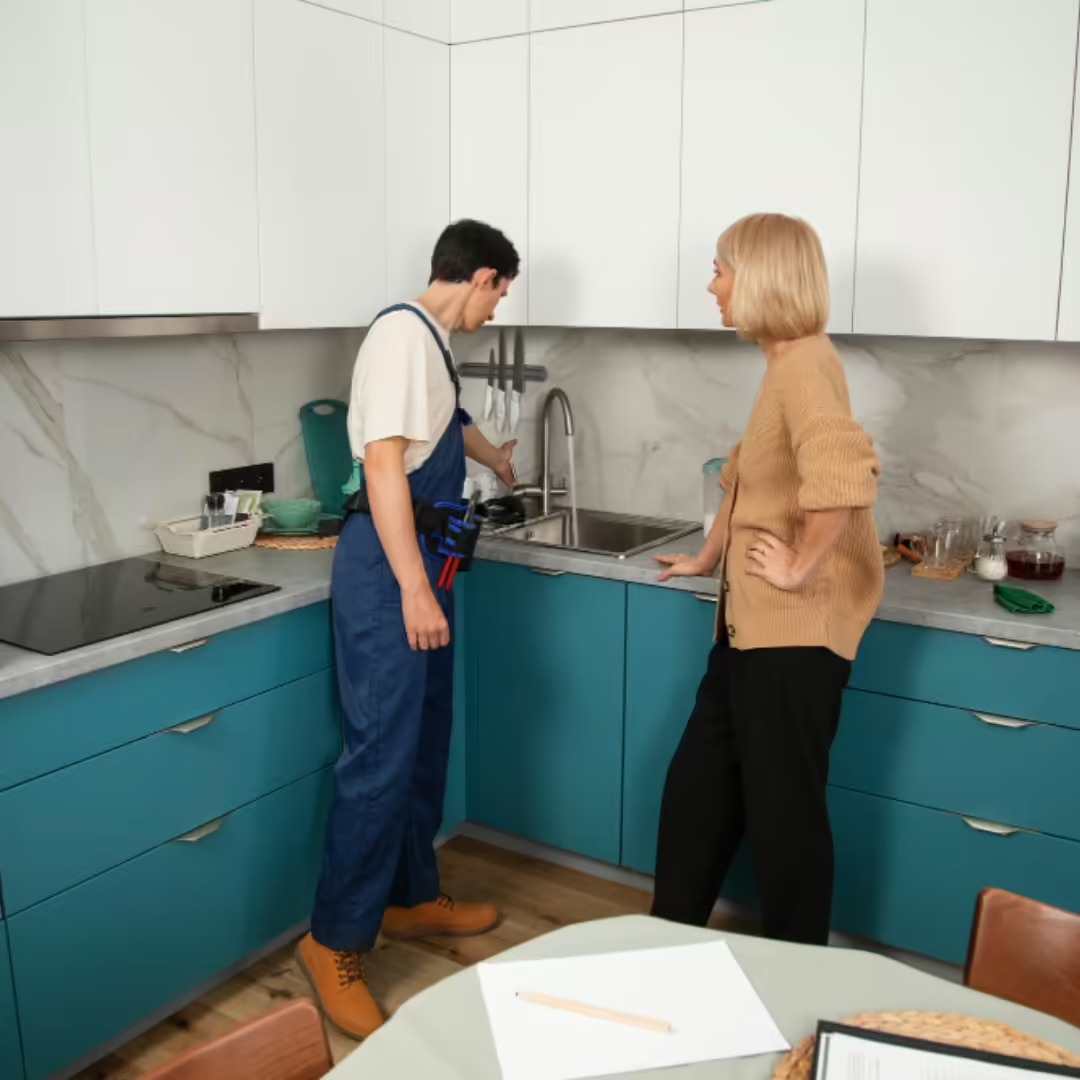Investing in your home goes beyond short-term aesthetics and minor upgrades; it’s about making strategic decisions that enhance its longevity, functionality, and market value. Future-proofing your property means preparing it to withstand the tests of time, technology, and climate change, ensuring it remains a comfortable, safe, and efficient place to live for many years. By focusing on long-term investments, homeowners can enjoy the benefits of reduced maintenance costs and increased property value, making these decisions not only smart but also financially sound.
High-Durability Materials
One of the most effective ways to future-proof a home is by choosing high-durability materials for both construction and renovations. These materials, such as metal roofing, composite decking, or fiber cement siding, are designed to withstand harsh environmental conditions and resist wear and tear over long periods. Metal roofing, for instance, is known for its longevity, often lasting 50 years or more without needing replacement. Similarly, composite decking resists fading, staining, and mold growth, which are common issues with traditional wood decks.
Incorporating high-durability materials into your home does not just mean fewer maintenance headaches; it also means better protection against natural elements. For example, impact doors are essential for homes in areas prone to severe weather. Unlike standard doors, impact doors are constructed to withstand high winds and debris, ensuring the integrity of your home during storms and reducing the risk of costly damages. These doors are not only a practical investment in safety but also contribute to the energy efficiency of your home by providing better insulation, which can help reduce heating and cooling costs.
Choosing these materials may require a higher upfront investment, but the cost is offset by the long-term savings in maintenance and repair. Additionally, the use of such durable materials can significantly enhance the overall appeal and market value of the property, making it a lucrative option should you decide to sell in the future.
Energy-Efficient Upgrades
Another key aspect of future-proofing your home is the integration of energy-efficient systems. Upgrades like solar panels, high-efficiency HVAC systems, and advanced insulation not only reduce your home’s carbon footprint but also lead to substantial savings on utility bills. Solar panels, for instance, can provide a reliable source of clean energy, drastically reducing electricity costs and offering long-term energy security.
High-efficiency HVAC systems are designed to use less energy to heat and cool your home, which is not only good for the environment but also for your wallet. Investing in modern insulation techniques, such as spray foam, can improve thermal efficiency, keeping your home comfortable year-round while reducing the workload on your HVAC system.
These energy-efficient upgrades are increasingly valued in the real estate market, with many homebuyers looking for properties that offer modern, cost-effective solutions to everyday living. Many local governments also offer incentives for energy-efficient upgrades, which can help offset some of the initial installation costs. This makes such improvements not only a good choice for the environment but also a wise financial decision.
Adaptability and Space Utilization
Future-proofing a property also means designing spaces that are versatile and can adapt to changing circumstances. Open floor plans are popular for their flexibility, allowing rooms to be reconfigured for different uses over time. For instance, an open space can function as a play area for children, a workspace for adults, or an entertainment space for family gatherings. The ability to adapt your home to meet varying needs is crucial in maximizing its long-term functionality.
Investing in renovations that create multi-functional spaces can also significantly enhance the utility and appeal of a home. Consider a basement that can be used as a guest room, a home gym, or a home office depending on the current needs of the household. Such versatility not only makes living more convenient but also increases the property’s attractiveness to potential buyers who are looking for homes that can serve various purposes.
It’s also important to consider future mobility needs, particularly as homeowners age. Features like wider doorways, no-step entryways, and one-story living can be invaluable for ensuring comfort and accessibility in later years. Planning for these features during initial construction or major renovations can save significant costs and inconvenience down the line, compared to retrofitting them later.
Environmental Sustainability
Incorporating sustainable practices is another key aspect of future-proofing a home. This involves using materials and methods that are not only durable and energy-efficient but also environmentally friendly. For instance, choosing renewable materials like bamboo for flooring or recycled materials for countertops can reduce the home’s environmental impact while also enhancing its aesthetic and market value.
Water conservation features such as rainwater harvesting systems and drought-resistant landscaping can further increase a home’s sustainability. These systems help reduce dependence on municipal water supplies and offer a buffer against rising water costs and potential shortages. By planning for sustainability, homeowners can ensure their property remains relevant and valuable in a future where environmental considerations are likely to be even more critical.
Regular Maintenance and Upgrades

Future-proofing is not just about making initial upgrades; it also involves ongoing maintenance and timely updates to keep up with new technologies and changing standards. Regularly inspecting and maintaining key home systems such as roofing, plumbing, and electrical systems can prevent major repairs and extend their life expectancy. Similarly, keeping up-to-date with new home technologies and energy standards can help homeowners make informed decisions about when to invest in further upgrades to maintain efficiency and functionality.
This ongoing commitment to maintenance and adaptation not only helps keep the home in top condition but also ensures it meets contemporary standards, making it more appealing to future buyers or renters. A well-maintained home that embraces current trends and technologies demonstrates value and foresight, making it a smart long-term investment.
Conclusion
Future-proofing your property involves a comprehensive approach that combines durability, efficiency, technology, and adaptability. By investing in high-durability materials, energy-efficient systems, and adaptable living spaces, homeowners can ensure their property remains desirable and functional for decades.
Homeowners should view these investments as integral to their property’s resilience against time and change. Starting with a clear plan and seeking expert advice can help in effectively navigating these upgrades. Ultimately, future-proofing is an ongoing process that, when done correctly, not only enhances the immediate comfort and efficiency of a home but also secures its long-term value and sustainability in an ever-evolving world.

